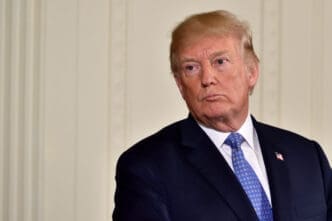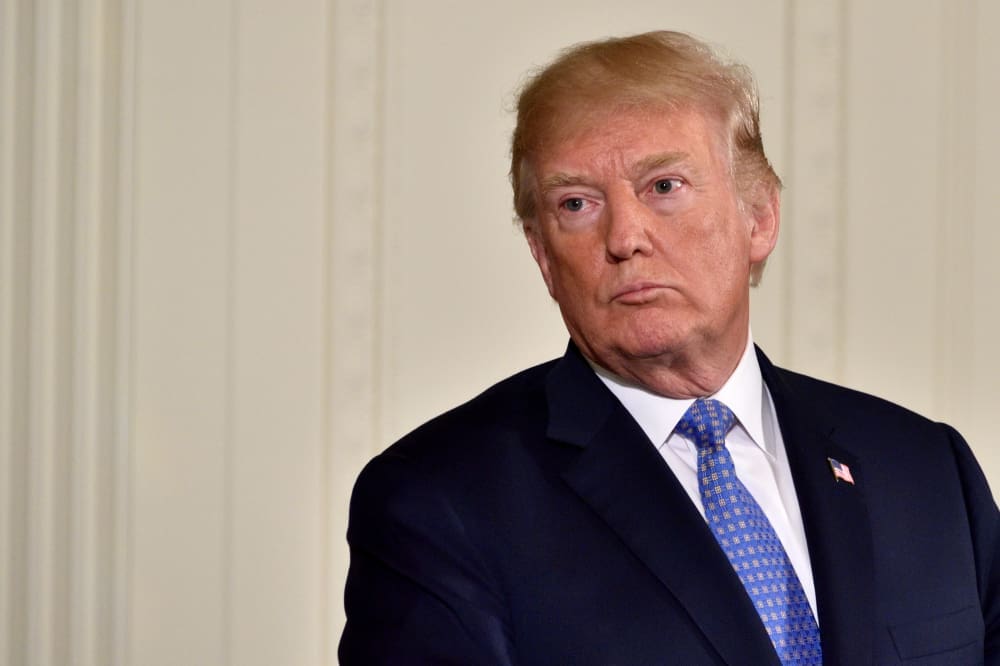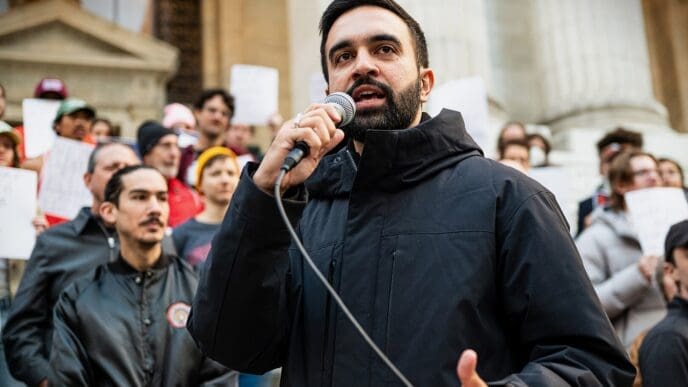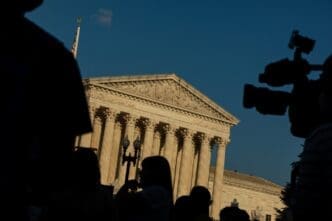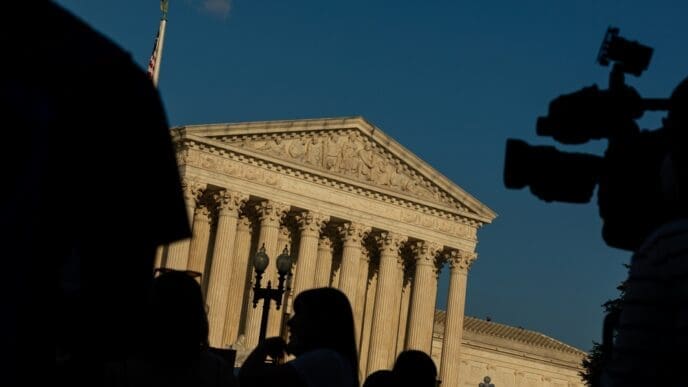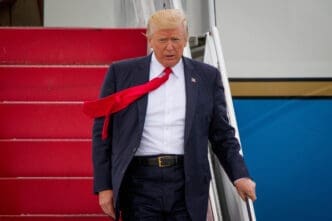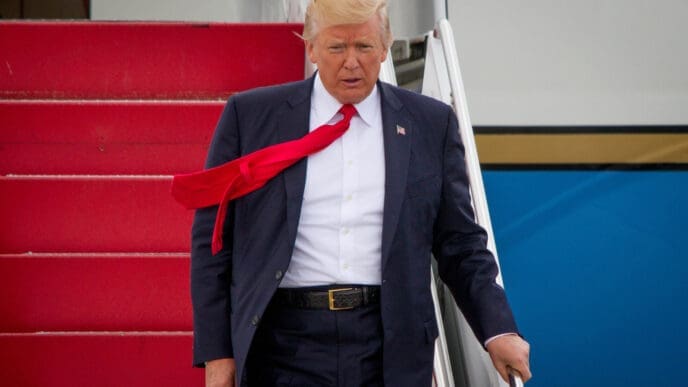Executive Summary
The Story So Far
Why This Matters
Who Thinks What?
An analysis suggests that President Donald Trump’s assertive rhetoric and executive actions, including a recent social media post threatening war on Chicago, may be masking underlying political vulnerabilities as the adverse impacts of his policies become more apparent across various sectors. While such tactics are presented as a display of strength, the article indicates that his administration may be entering a new phase marked by growing political challenges.
Policy Impacts and Economic Concerns
The article highlights potential political blowback from several of President Trump’s key policies. On the economic front, a recent jobs report for June showed negative growth and high unemployment, with the manufacturing sector particularly affected. The analysis also disputes the administration’s assertions that prices are declining.
Concerns are also raised regarding public health and foreign policy. A recent Senate hearing involving Health and Human Services Secretary Robert F. Kennedy Jr. reportedly created a “pyrotechnical display,” raising questions about the future of public health initiatives. In foreign policy, the article points to an “embarrassing failure” at a summit with Russian President Vladimir Putin and a recent air assault on Kyiv as areas of concern. President Trump also reportedly questioned the United States’ relationship with India.
Legal Challenges and Executive Power
The administration has faced significant setbacks in the courts, with policy priorities temporarily disrupted by rulings against President Trump’s actions. A landmark Supreme Court decision on tariffs is anticipated, which the article suggests could be “terrible” for the administration. Despite these challenges, the White House has reportedly opted to double down on disruption and executive power grabs.
This approach is exemplified by actions taken against alleged drug cartels in the Caribbean, where the administration claimed a boat was run by the Tren de Aragua gang. However, the article notes that presidents typically lack constitutional authority to wage war without informing Congress. The administration has expressed an intention to fare better in appeals courts, often using executive power to defy lower court rulings and challenge established institutions.
Political Strategy and Public Perception
The article suggests that President Trump’s “relish for battles” and “tough talk,” including the deployment of National Guard troops into Democratic cities, are considered selling points by cabinet officials and resonate with his base. The analysis indicates a lack of significant Republican opposition, allowing the White House to often declare victory on its initiatives.
Despite these strategies, the article points to signs of potential weakness. Pundits warn that events like the Caribbean operation could be distractions from other vulnerabilities. President Trump’s polling numbers currently hover in the low to mid-40s, leading to questions about whether his support could erode if economic conditions continue to deteriorate.

